Many know Mike Zakowski, a.k.a. Mike the Baker, from the Friday morning and Tuesday night Farmers Markets. The Sun’s Sarah Ford recently caught up with him to find out about his methods and what makes his loaves so delicious.
How did you get into baking bread?
While I was doing my externship for culinary school in the early ‘90s in Dallas, Texas, I took on a part-time job in a bakery. I was doing the sweets at first, and then breads.
Tell me about your oven.
I have a couple of wood-fired ovens, a small one on a trailer that I designed and built with the help of some talented friends. The trailer oven is used for the farmers markets and also private functions. My large wood-fired oven is used for baking large quantities of bread.
You ferment your grains. What’s up with that?
Fermentation is the key to making good bread. Natural fermentation or sourdough fermentation breaks down or predigests the protein so that the bread is more digestible for us. Fermentation is also the key to flavor and nutrition. Long, slow fermentation is where the bacteria and acids develop and give the bread its flavor.
Why do you use ancient grains?
For me it’s been a natural progression—I’ve been baking for more than 20 years. Mostly what was available in the past was just white, wheat, and rye flours. Ancient grains and locally grown grains have been making a comeback for the past eight years or so. Progressive farmers, bakers, millers, and malters are always looking for the next new grain, because of the superior nutrition and flavor, as well as digestibility. I also freshly mill the grain into flour and use it at its peak freshness.
Do you have a favorite?
Einkorn is probably my favorite grain. It’s delicious and is the most nutritious, and most digestible.
How many kinds of breads do you make?
For the markets I generally do ten different breads, but I create a lot of formulas. I generally do seasonal bread each month that makes use of our local abundance of produce.
When do you make the bread?
For the Friday morning market I start on Wednesday at 2 p.m. I mill the grains, then pre-scale, mix a few doughs, and shape one dough to retard in the refrigerator overnight. On Thursday I mix some more doughs and then shape pretzels, do a bit of vegetable prep, have some lunch, and then take a nap. That evening I start at 6 p.m. and shape and then bake all night until about 6 a.m. After that I start my trailer wood-fired oven, and then leave for the Friday morning market, where I sell from 9 to 12:30 or until sold out. I return home and finish up by 2 p.m. So each market takes me approximately 30 hours of work by myself.
Why do you write “The Baker” using the International Phonetic Alphabet?
Well, at first I learned about the IPA from a local friend, Ross Cannard after he went to UC Santa Cruz and told me that’s what I should be using since a lot of bread names are hard for Americans to pronounce—like ciabatta, pain de campagne, and so on. But mostly it’s a conversation starter. We’re losing that. You can go to the store or order online and you don’t have to talk to anybody. People’s questions about the symbols can lead to conversations about my bread, fermentation, grains, and more.
You’ve traveled to France for baking competitions. Tell me about that.
I’ve participated in the Coup du Monde de la Boulangerie competition in France, and a couple years ago I was on the U.S. Baking Team which won the silver. I also travel all over the world to teach—I’ve been to Budapest, Hungary; Warsaw, Poland; Sweden; Germany. In a way I’m reviving old traditions, going back to the past. Retro innovation.

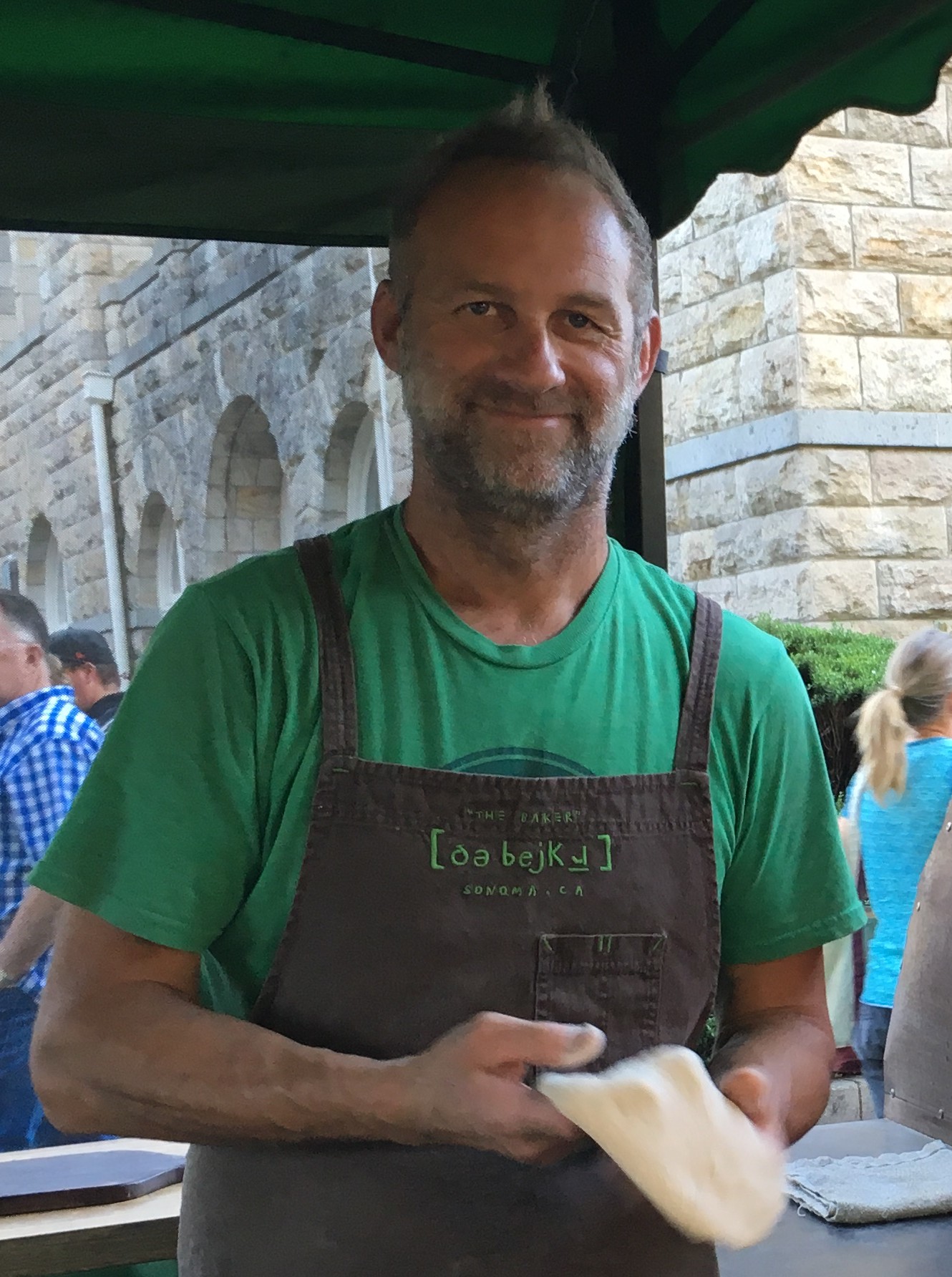
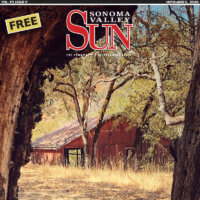

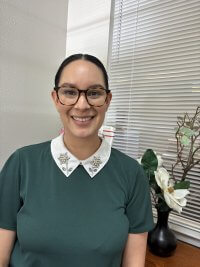
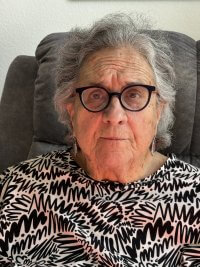

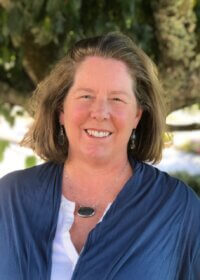
What a wonderful story. I wish that I can see his bread pictures and perhaps some recipe.